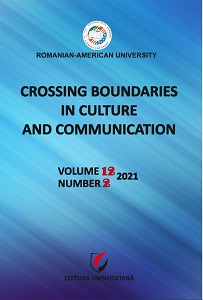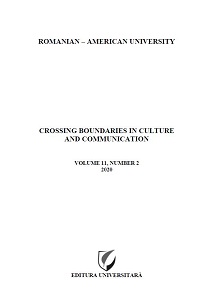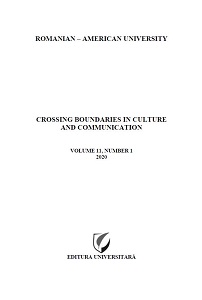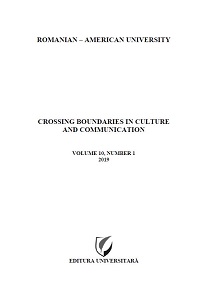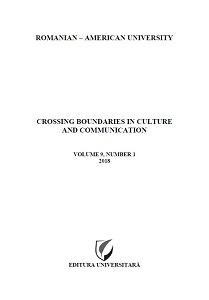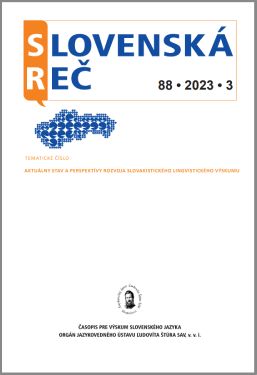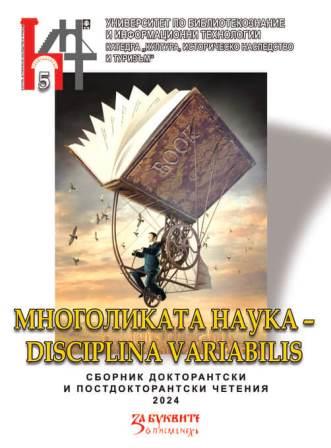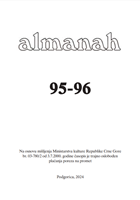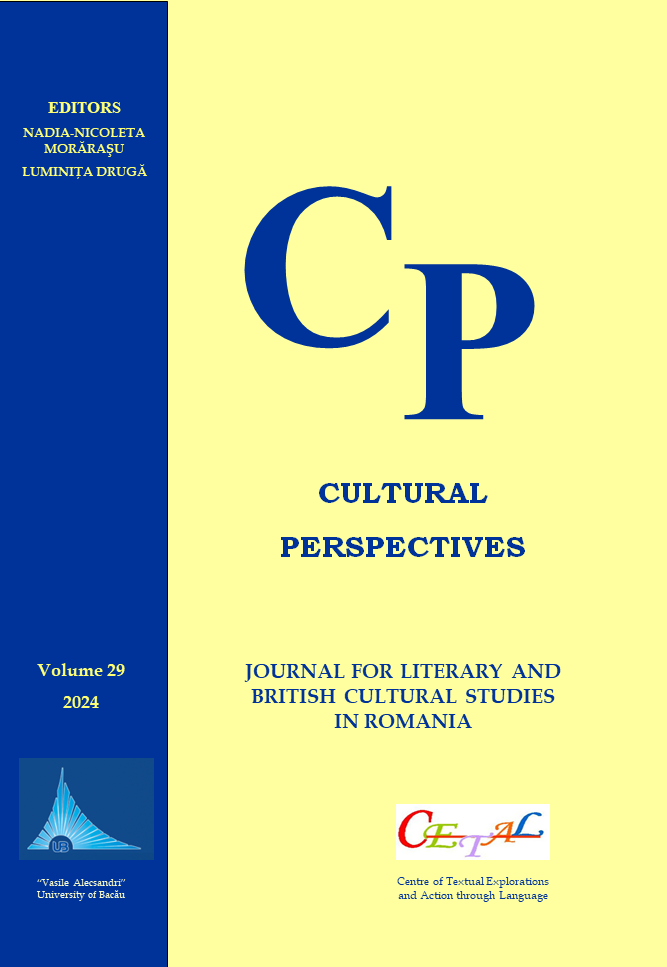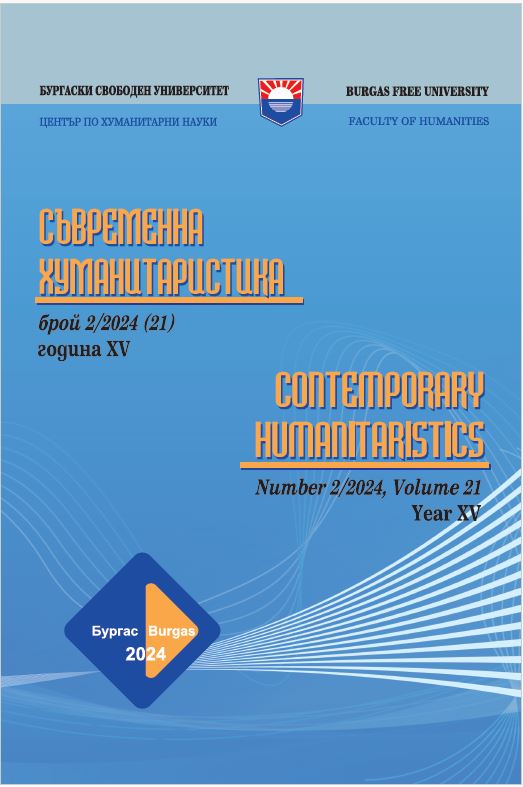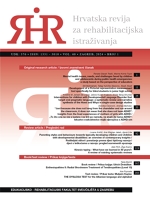Author(s): Nada M. Raduški / Language(s): Serbian
Issue: 27/2024
The paper presents the demographic dynamics of the Bunjevci in Serbia from 1991 to 2022, an ethnolinguistic research on their language as one of the most important components of national identity, cultural development, specific customs and traditions of this ethnic minority. The history of the Bunjevci people is characterised by the two-century effort of the Hungarian, Croatian, occasionally Serbian and, in the 20th century, Yugoslav national ideologies, to appropriate and modify the Bunjevci ethnic identity in the region of Bačka, but also by the persistent commitment of the members of this minority to preserve and develop their linguistic identity. Disagreements among ethnologists and linguists regarding the question of whether it is a minority language or a separate speech within the Croatian or Serbian languages became especially topical after the disintegration of Yugoslavia, with additional polemics about the standardisation of their ‘ikavica’ and its introduction into the official use in the city of Subotica. And, finally, a special characteristic of the Bunjevci identity are their culture, although never fully developed and exposed, and very specific and recognisable traditional customs, although insufficiently preserved in their original form. When, in 1991, in the Republic of Serbia the Bunjevci first got the opportunity to declare themselves in the population census and be registered as a separate ethnic community and when the National Council of the Bunjevci Ethnic Minority in was established in 2003, as well as other institutions and organisations in the field of culture, politics, and information (and especially with the standardisation of ‘ikavica’ and the introduction of the their language into public use, primarily in education), the Bunjevci finally awaited better socio-political conditions. For preserving their identity. Those members of the Bunjevci who consider themselves an autochthonous people in Bačka, after a century and a half of assimilation and efforts of other peoples to ethnically assimilate them, have accepted Serbia as their country in which they have the opportunity to revitalise and further develop their linguistic and cultural uniqueness and potential.
More...

